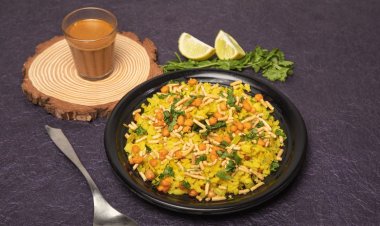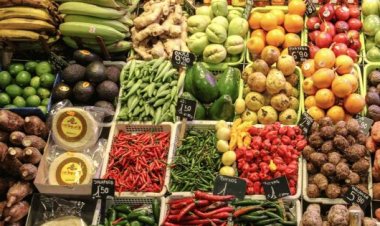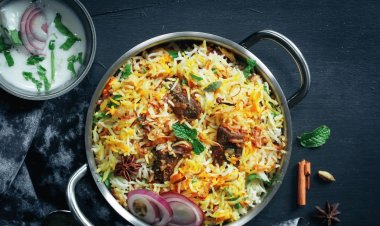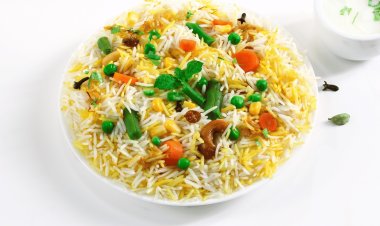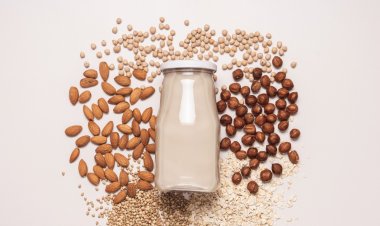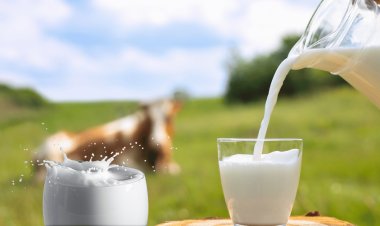Household Consumption Trends Signal, More Spending on Milk, Fruits, and Veggies, Less on Foodgrains
Check the latest household consumption trends in India, revealing a significant shift towards nutrient-rich foods. With increased spending on milk, fruits, and vegetables surpassing traditional foodgrains, explore the evolving dietary preferences shaping the nation's nutritional landscape.
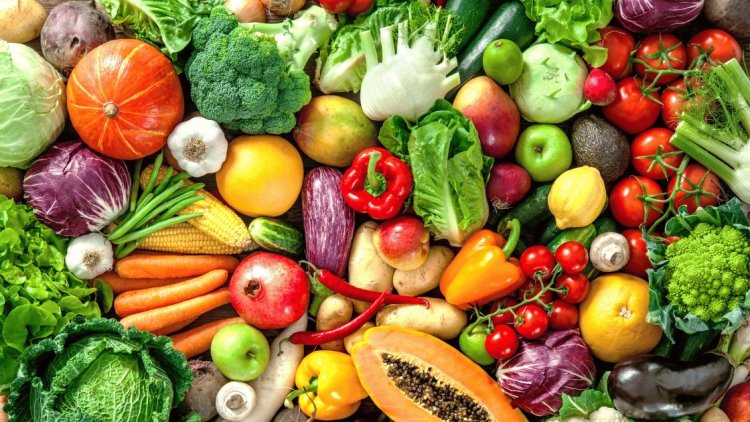
The latest findings from the Household Consumption Expenditure Survey (HCES) for 2022-23 conducted by the National Sample Survey Office (NSSO) reveal significant shifts in the spending patterns of Indian households, particularly concerning food consumption. Notably, there has been a decline in the proportion of income allocated to food items, alongside a discernible change in the composition of food expenditure.
Over the years, there has been a marked decrease in the share of expenditure on traditional staples such as foodgrains and sugar, with a simultaneous increase in spending on items rich in proteins and micronutrients. The data illustrates a transition from foods primarily providing calories to those offering enhanced nutritional value, such as animal and horticulture products.
In both rural and urban India, the proportion of expenditure allocated to food has decreased steadily. This shift is indicative of the Engel Curve hypothesis, which posits that as incomes rise, households allocate a smaller percentage of their budget to food, and within the food category, preferences shift towards "superior" items over "inferior" ones.
Specifically, the survey highlights five key trends:
- A reduction in the share of expenditure on cereals and pulses.
- Increased spending on milk, surpassing expenditure on foodgrains for the first time.
- Elevated expenditure on fruits and vegetables, exceeding that on cereals.
- Growing allocation of funds towards eggs, fish, and meat, indicating a preference for animal proteins.
- An uptick in expenditure on processed foods, beverages, and purchased cooked meals.
Detailed Breakdown:
- The Household Consumption Expenditure Survey (HCES) for 2022-23 reveals several significant changes in Indian dietary habits:
- Rural India: The share of food in total spending decreased from 52.9% in 2011-12 to 46.4% in 2022-23.
- Urban India: Similar, but less pronounced, decline, falling from 42.6% in 2011-12 to 39.2% in 2022-23.
Within food spending, the picture changes:
- Cereals and pulses: Spending declined in both rural and urban areas.
- Milk: Spending increased significantly, surpassing the combined expenditure on cereals and pulses in 2022-23.
- Fruits and vegetables: Spending also increased, exceeding both cereals and pulses individually for the first time in 2022-23.
- Eggs, fish, meat: Spending has also risen, indicating a preference for animal proteins over plant-based options.
- Processed foods, beverages, cooked meals: Spending as a percentage of total expenditure has increased.
These trends underscore a changing dietary landscape characterized by a greater emphasis on nutritional quality and variety.
While the HCES data does not provide specifics regarding consumption quantities, it serves as a vital tool for understanding consumption patterns and informing policy decisions. The shift towards higher spending on milk, fish, poultry products, fruits, and vegetables suggests a need to prioritize the production of these items over traditional staples like cereals and sugar.
Notably, sectors such as fruits and vegetables, livestock, and fisheries have exhibited robust growth rates, driven by market demand. In contrast, the focus of government support, primarily through minimum support prices (MSP), has been on non-horticultural crops. This disconnect underscores the necessity of aligning agricultural policies with evolving consumption patterns to ensure sustainable food production and nutritional security.
What's Your Reaction?
 Like
0
Like
0
 Dislike
0
Dislike
0
 Love
0
Love
0
 Funny
0
Funny
0
 Angry
0
Angry
0
 Sad
0
Sad
0
 Wow
0
Wow
0





































